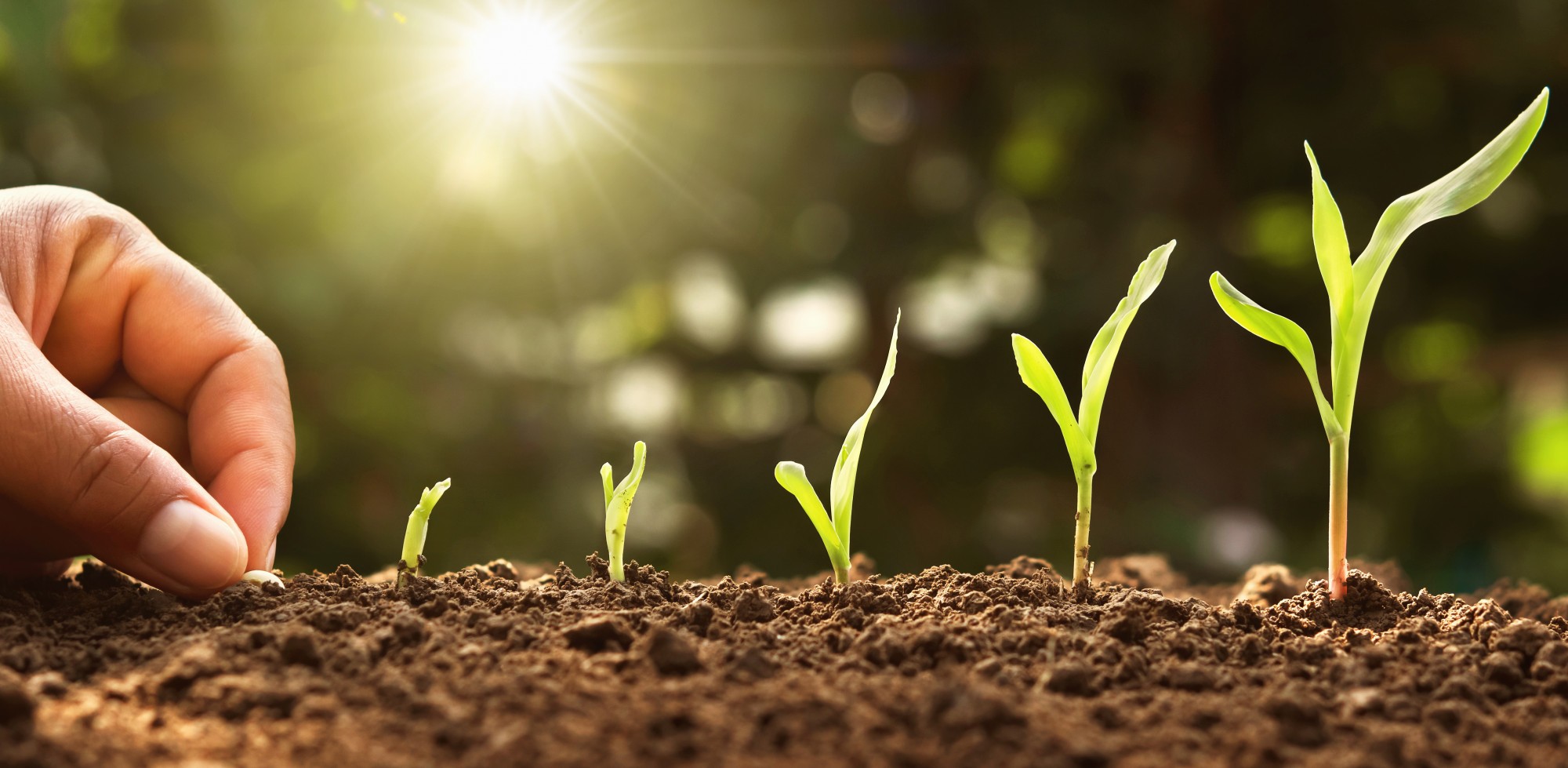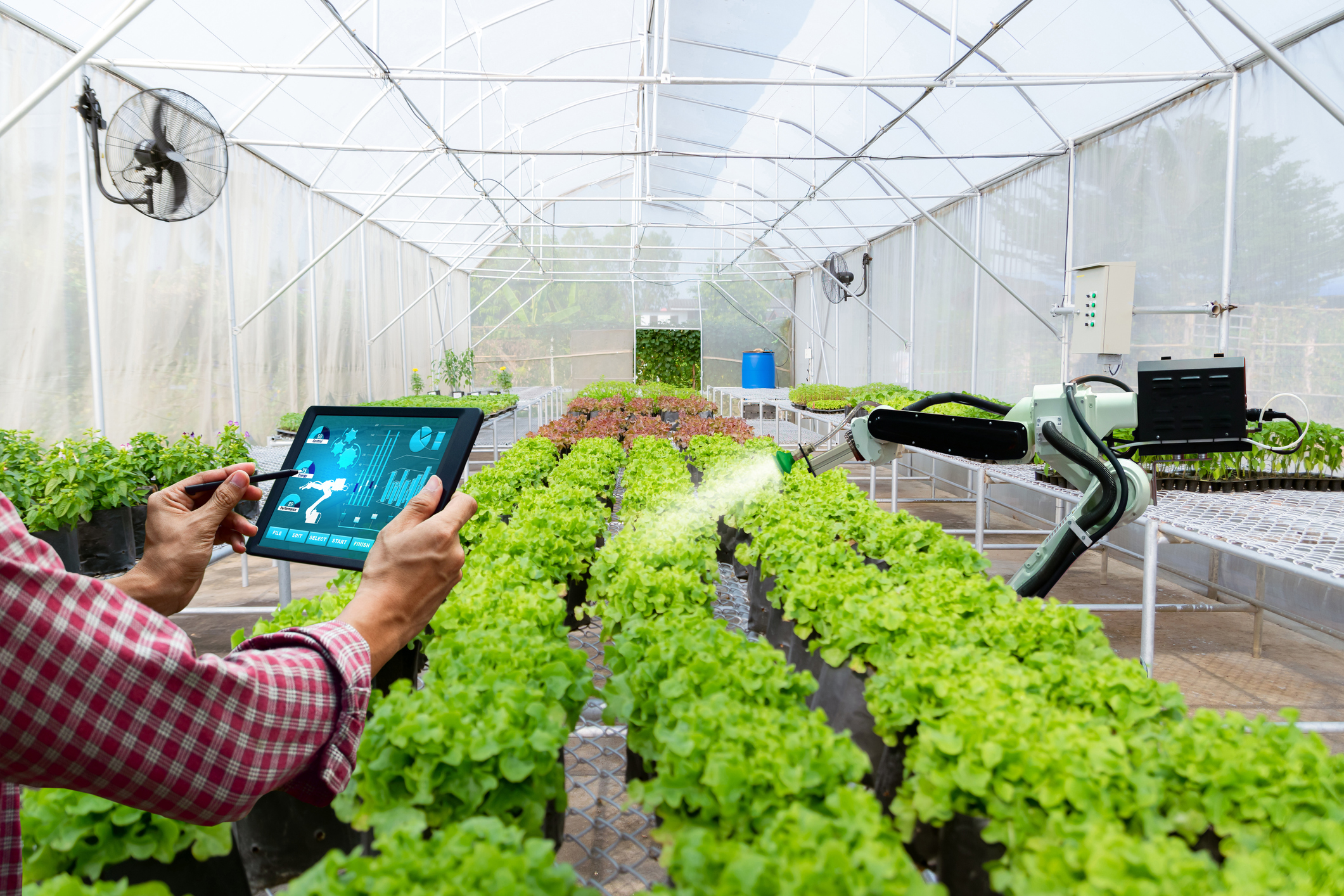Agriculture is undergoing a technological revolution, and artificial intelligence (AI) combined with remote sensing is at the heart of this transformation. AI and Remote Sensing in Precision Agriculture and Climate Adaptation are driving innovations that make farming more efficient while helping farmers adapt to climate change. Precision agriculture, which involves data-driven decision-making, relies on AI and remote sensing to optimize resources, increase yields, and reduce environmental impact.
With global food demand rising and climate change posing unpredictable challenges, farmers need smarter ways to manage crops and livestock. AI helps analyze vast amounts of data to provide actionable insights, while remote sensing technologies, including satellites and drones, provide real-time monitoring of agricultural fields. The combination of these technologies enables precision farming and climate adaptation, ensuring food security and sustainability.

Understanding Precision Agriculture
Precision agriculture is a modern farming approach that uses technology to optimize every aspect of the agricultural process. Unlike traditional farming methods, which rely on generalized techniques, precision agriculture tailors farming practices based on real-time data and analytics.
Key Components of Precision Agriculture:
- Internet of Things (IoT): Sensors collect real-time data from the soil, plants, and weather conditions.
- Artificial Intelligence (AI): Machine learning algorithms analyze data to provide insights and predictions.
- Remote Sensing: Satellites and drones monitor crop health, soil conditions, and weather patterns.
- Automation & Robotics: AI-powered machines perform tasks like planting, irrigation, and harvesting.
The ultimate goal of precision agriculture is to maximize yield while minimizing resource wastage. AI and remote sensing play crucial roles in achieving this by offering data-driven recommendations and automated solutions.

Role of AI in Precision Agriculture
AI is transforming agriculture by enabling smarter decision-making and automation. Here’s how AI is making an impact:
- Machine Learning for Predictive Analytics: AI models analyze historical and real-time data to predict weather patterns, pest infestations, and crop diseases.
- AI-Driven Decision Support Systems: AI helps farmers decide when to plant, irrigate, or harvest for optimal results.
- Automation in Farming: AI-powered robots and autonomous tractors help with planting, weeding, and harvesting, reducing labor costs and increasing efficiency.
- Pest and Disease Detection: AI can detect early signs of plant diseases and recommend treatment before they spread.
Remote Sensing in Agriculture
Remote sensing is the process of gathering information about crops, soil, and weather conditions from a distance. It includes technologies such as:
- Satellite Imagery: Captures large-scale agricultural data for monitoring weather patterns and crop growth.
- Drones: Provide high-resolution images for assessing plant health and soil moisture.
- Sensor-Based Monitoring: Ground-based sensors measure soil conditions, temperature, and humidity.
Applications of Remote Sensing in Agriculture:
- Soil Health Monitoring: Detects nutrient deficiencies and soil degradation.
- Crop Growth Tracking: Monitors vegetation indices to predict yield.
- Pest & Disease Management: Identifies problem areas before they become widespread.
By combining remote sensing data with AI analytics, farmers can make real-time decisions that improve productivity and sustainability.
AI and Remote Sensing for Climate Adaptation
As climate change disrupts traditional farming practices, AI and remote sensing help farmers adapt by providing real-time insights into weather patterns and environmental changes.
How AI Helps in Climate Adaptation:
- Climate Prediction Models: AI analyzes historical climate data to forecast extreme weather events, such as droughts and floods.
- Adaptive Crop Planning: AI helps farmers select crops suited for changing climatic conditions.
- Disaster Preparedness: AI-powered systems predict and mitigate risks from natural disasters affecting agriculture.
How Remote Sensing Aids Climate Adaptation:
- Weather Monitoring: Tracks temperature, precipitation, and wind patterns for better farming decisions.
- Drought and Flood Detection: Identifies areas at risk, allowing early intervention.
- Carbon Sequestration Monitoring: Helps track greenhouse gas emissions from agricultural activities.
By leveraging AI and remote sensing, farmers can develop sustainable farming practices that are resilient to climate change while maintaining high productivity.
AI and Remote Sensing in Sustainable Agriculture
Sustainability is a major focus in modern agriculture. AI and remote sensing contribute to eco-friendly practices by reducing resource consumption and environmental impact.
AI’s Role in Sustainability
- Precision Fertilization: AI optimizes fertilizer application to prevent soil degradation.
- Carbon Footprint Analysis: AI measures and suggests ways to reduce agricultural emissions.
- Automated Organic Farming: AI-powered robots manage organic crops without chemical pesticides.
Remote Sensing for Environmental Conservation
- Deforestation Monitoring: Tracks land-use changes and prevents illegal farming activities.
- Water Conservation: Helps farmers detect leaks and inefficient irrigation systems.
- Biodiversity Protection: Remote sensing maps ecosystems and helps in sustainable land use planning.
By integrating AI and remote sensing, farmers can achieve higher productivity while preserving the environment.
Conclusion
AI and remote sensing are transforming agriculture by enabling precision farming and climate adaptation. These technologies optimize resources, improve yields, and enhance sustainability, making them essential tools in the fight against climate change and global food security challenges. As farmers increasingly embrace digital tools, the agricultural sector is becoming more resilient and better equipped to support a sustainable economy.
Exploring the role of these innovations in climate change mitigation will be a key focus at the 2nd Edition of the Geographic Perspectives on Climate Change Mitigation in Urban and Rural Environments Conference, scheduled for November 25–27, 2025, in Rome, Italy, at Università degli Studi di Roma Tor Vergata. This conference provides a valuable platform for researchers to showcase their work and contribute to the global conversation on sustainable development, geography, and climate action.
For more details, visit our website
